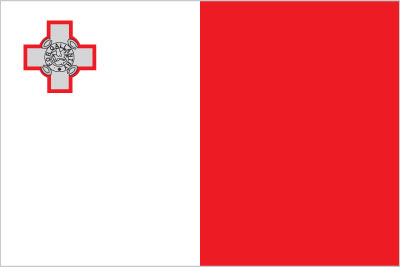
Great Britain formally acquired possession of Malta in 1814. The island staunchly supported the UK through both world wars and remained in the Commonwealth when it became independent in 1964; a decade later it declared itself a republic. Since about the mid-1980s, the island has transformed itself into a freight transshipment point, a financial center, and a tourist destination. Malta became an EU member in May 2004 and began using the euro as currency in 2008.
limestone, salt, arable land
arable land: 28.12%
permanent crops: 4.06%
other: 67.81% (2011)
412,655 (July 2014 est.)
country comparison to the world: 176
Maltese (descendants of ancient Carthaginians and Phoenicians with strong elements of Italian and other Mediterranean stock)
Roman Catholic (official) more than 90% (2011 est.)
Maltese (official) 90.1%, English (official) 6%, multilingual 3%, other 0.9% (2005 est.)
definition: age 15 and over can read and write
total population: 92.4%
male: 91.2%
female: 93.5% (2005 est.)
Valletta
republic
21 September 1964 (from the UK)
Independence Day, 21 September (1964); Republic Day, 13 December (1974)